Case Study 1
Predictive Maintenance for Reduced Downtime and Costs
Challenges
Traditional vehicle maintenance schedules are often reactive, leading to unexpected breakdowns and costly repairs. Automakers struggle to predict when components are nearing failure, causing inconvenience for drivers and potential safety hazards.
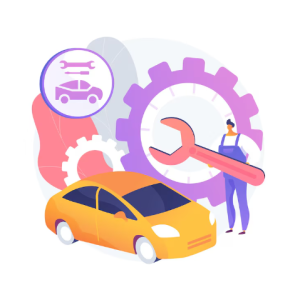
Impact
An automobile company can integrate IoT sensors into vehicles to monitor various components like engine performance, tire pressure, and battery health. The collected data is sent to the cloud and analyzed by machine learning algorithms. These algorithms can predict potential failures and alert drivers or service centers for preventive maintenance.

Solutions
Unexpected breakdowns cause delays, frustration for drivers, and potential safety risks. Reactive maintenance can also be more expensive than preventive measures.
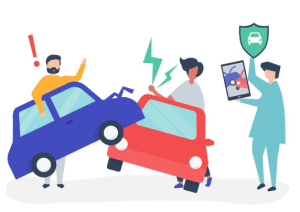
Benefits

Reduced vehicle downtime due to proactive maintenance based on real-time data.

Lower repair costs by addressing issues before they become major failures.

Improved safety by identifying and repairing potential problems before they cause breakdowns

Enhanced customer satisfaction by providing a more reliable and predictable driving experience.
Case Study 2
Connected Cars for Improved Traffic Management and Safety
Challenge
Traffic congestion is a major problem in urban areas, leading to wasted time, fuel inefficiency, and increased emissions. Additionally, traditional driver assistance systems often rely solely on on-board sensors, limiting their effectiveness.

Impact
Traffic congestion leads to economic losses, environmental damage, and driver frustration. Limited driver assistance systems can increase the risk of accidents.

Solution
An automobile company can develop connected car technology that allows vehicles to communicate with each other and with roadside infrastructure. This data can be used by traffic management systems to optimize traffic flow and reduce congestion. Additionally, connected cars can receive real-time traffic updates and warnings about hazards, while advanced driver assistance systems can leverage data from other vehicles and infrastructure for improved safety features.
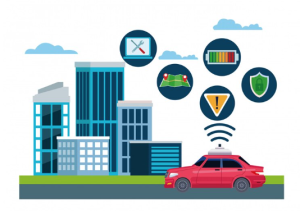
Benefits
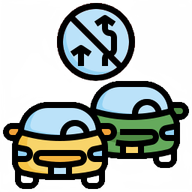
Reduced traffic congestion through real-time traffic management and route optimization.

Improved fuel efficiency due to smoother traffic flow and optimized driving routes.
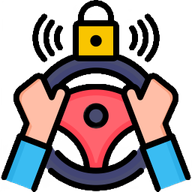
Enhanced driver safety through advanced driver assistance systems that utilize real-time data.
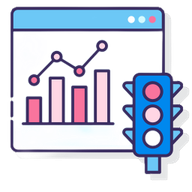
Reduced traffic-related emissions, contributing to a cleaner environment.
Case Study 3
Personalized In-Vehicle Services with User-Centric Data Collection
Challenge
Traditional in-vehicle infotainment systems offer a one-size-fits-all experience. Automakers struggle to personalize features and services to individual driver preferences.

Impact
Generic in-vehicle experiences can be less engaging for drivers and may not meet their specific needs or preferences.
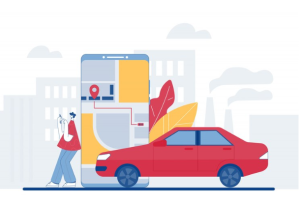
Solution
An automobile company can implement an IoT system that collects user data on preferences, driving habits, and location. This data can be anonymized and aggregated to provide personalized services like
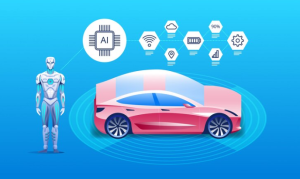
- Recommend nearby restaurants, gas stations, or parking based on driving patterns and location.
- Adjust music playlists, climate control settings, and seat configurations based on user preferences.
- Offer targeted in-car advertising based on user demographics and interests (with user consent).
Benefits
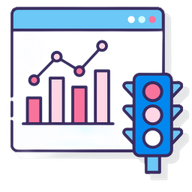
Enhanced in-vehicle experience through personalization and user-centric services.

Increased driver comfort and convenience by anticipating their needs.

Potential for additional revenue streams through targeted in-car advertising.
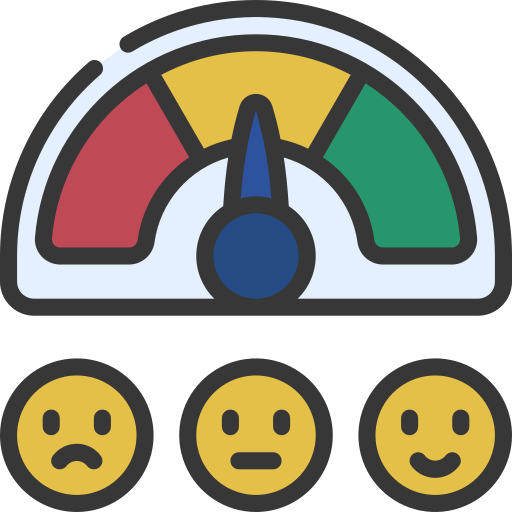
Improved driver engagement and satisfaction with their vehicle.
